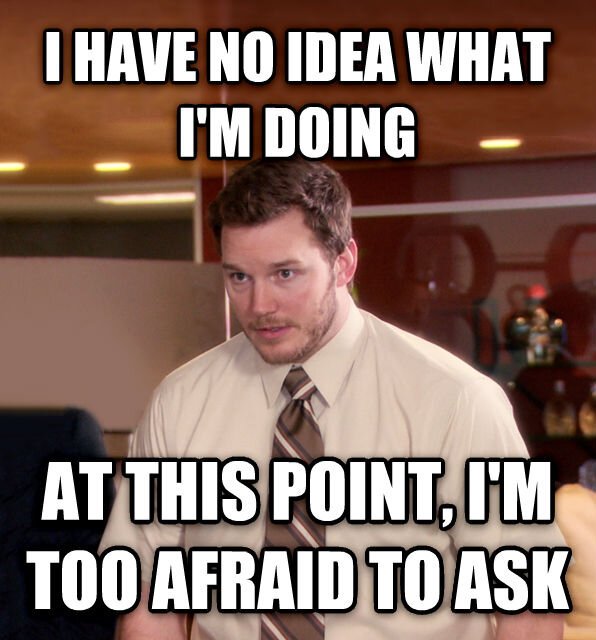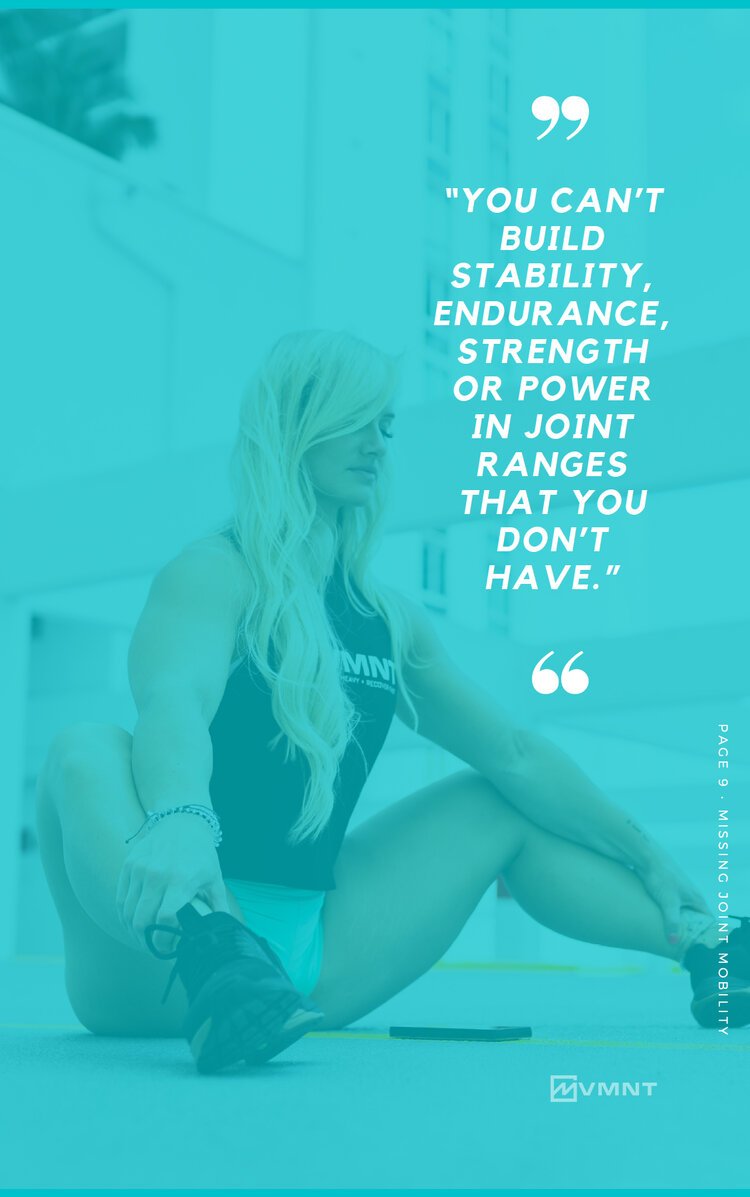The Top 5 Mobility Mistakes You're Making - and How to Fix Them
True story: there's nothing that makes us happier than seeing people work on improving their mobility and become more conscious of the way they move. Seriously - that’s how passionate we are about creating a better quality of life through better movement.
In the same token though. there’s nothing that makes us sadder than seeing people focus their efforts and expectations on the wrong things.
Misconceptions, Misinformation, and False Promises
We get it: there are a lot of misconceptions about what mobility actually is and how it benefits your performance in the gym and in your life outside it.
Does flexibility really create gainz?
Mobility and flexibility are the same thing, aren’t they?
I mean, isn’t mobility just stretching?
What does breathing have to do with my range of motion?
To make things even more confusing, everyone seems to be a mobility expert these days. And, while we appreciate that these coaches/products/brands have the best intentions in mind, we’ve noticed more misinformation, gaps and false promises in what’s being said.
This lack of clarity can create an unsafe mobility practice that lacks realistic expectations - and can lead to more harm than good.
This is why we've put together the Top 5 Mobility Mistakes You’re Making - and How to Fix Them eBook. We want you to avoid (or correct) common mistakes we've seen over the past 12 years, allowing you to get the most from your mobility MVMNT practice.
Here’s an excerpt from the eBook:
Mistake: You're confusing FLEXIBILITY with mobility
Think of it this way: flexibility is a passive range of motion (for example, how high someone can push your leg up in the air) and mobility is an active range of motion (for example, how high you alone can actively lift and hold your leg up in the air).
So, what does this difference mean in your training? A pretty big one: having a large amount of flexibility does not safeguard you against injury and may actually increase your chances of getting injured.
Conversely, having a large amount of mobility can safeguard you against injury as you have more control over your joints in space, allowing you to receive and generate forces from super awkward positions at times (handstand pushups, anyone?).
How to Correct this mistake
Select your mobility/ flexibility training based on your goals.
The most supportive mobility programs should include aspects of passive and active stretching, motor control drills and joint mobility.
If you're only focused on passive stretching (see Mistake #3), this will unlikely support activities that involve active ROM (like sports, gymnastics, strength training, front squats, handstands, etc.)
Mistake: You're missing joint mobility
The most effective way you can improve your mobility isn’t by sitting passively in a stretch - it’s by using active (strengthening) means to achieve a greater range of joint motion.
Guys, we hate to be the ones to break this to you, but you can’t build stability, endurance, strength or power in joint ranges that you don’t have. Therefore, developing the optimal joint range of motion (aka: mobility 🙌) takes priority when addressing an inadequate range of motion (ROM).
Our nervous system will dictate a joint's available ROM. If the joint does not have adequate stability/control, then the nervous system will restrict the joint's movement in an attempt to safeguard it. Often when we try to override our nervous system (only passive stretching) without building the appropriate stability and control within the joint this is actually when we are most susceptible to injuries.
how to correct this mistake
Adding in joint Controlled Articulation Rotations (CARs), isometric and eccentric training at your end-range will help to build strength, stability and control through your available active ROM. The more often you reinforce control and safety to your nervous system, the more the joint's ROM will expand.
Yes, it’s hard work, but in the end you’ll be able to build muscle tension and be able to generate force from that expanded range of motion. This type of “mobility training” should be practiced often and can also be used to develop motor control. Which leads us to our next mistake...





